Text
Personally I started with an ADnD adventure, I just made it more thematically in line with Mork Borg and then I set up nations and stuff around the place bc I run a very political game. After that is now so I'm just seeing what my players want
So my entire gaming group, myself included, now has a copy of Mork Borg. I would very much like to run a campaign of it. However, coming up with ideas for campaigns is proving tricky.
Now, this could be a failure of imagination on my part, but I cannot seem to think of what to do as a campaign for it. It's got strong vibes and imagery and it's very emotive, but finding substance to latch onto is proving tricky.
2 notes
·
View notes
Text



The Kickstarter for DOOMSONG is still going, There are two weeks left and we're funded, but thats not a good reason to stop showing off all the amazing art, design, concepts, lore and rules in the stunning book.
Go Take a look at: https://www.kickstarter.com/projects/caesarink/doomsong
3 notes
·
View notes
Text


Decided to stat the special zombies from Left 4 Dead, dope or nope?
4 notes
·
View notes
Text
Alright! Let's actually talk about this waterfall thing. It is an amazing showcase of many things that I adore from late 90s graphics. I am replicating this in Blender, through mere observation of the final game, so some things might not be exactly accurate to what the PS1 does.
First off, this is what I started off with, straight from the Noesis exporter into Blender.

"Looks boring!" "What are those weird gradient quads?!" Oh we'll talk about those too, don't worry.
Let's start simple, figuring out the Layers.

We've got the base level geometry, then two layers of water, each with a different texture.
Let's focus on the bottom Water layer first. A waterfall's water falls, and the age old trick to replicate that behaviour is to scroll the texture along the mesh by offsetting the texture coordinates every frame.
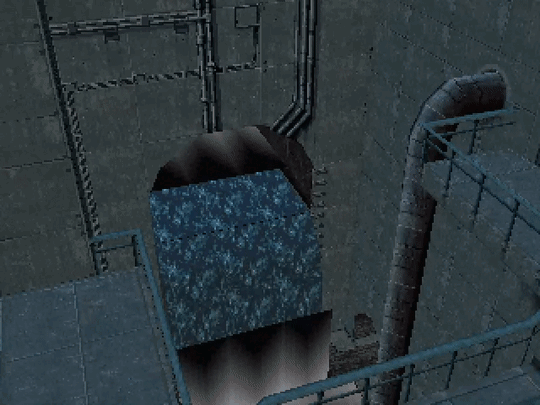
Simple enough. Not too convincing yet.
Let's do the same with the other layer.

Look at it goooo!
An often-used trick to enhance the waterfall effect is to increase the distance between vertices (or squash texture coordinates) as the geometry goes down.
This affects the scrolling velocity for the texture in each section, making it look like gravity is accelerating the water.

MGS pulls yet another trick on top of that:
Vertices are subtly animated to oscillate, making the water flow seem more irregular.
It seems to be something similar to what is done to geometry when the camera goes underwater in the docks or vents area.

One opaque layer of water on top of another is no good.
Alpha Blending is an expensive technique and it'd not give the desired effect.
Additive Blending is used instead. The lower layer is rendered first, the second layer is then rendered on top, adding the color values together.

Now we get to talk about those weird quads.
They are darkening gradients! Instead of using Additive Blending, they do the opposite, the color value from the texture is subtracted from the scene that was rendered below, effectively creating shadowed areas.

Who needs HBAO+ anyway?
Lighting pass!
I just threw a few point lights to try and replicate the original vibes of the scene.
MGS, instead, uses lighting information baked into the vertices of the scene to create this mood. And what a mood it is!

Here's an additional example of the same techniques used in the bottom part of the same scene. Although the game seems to be rendering that water mesh as (almost?) completely opaque, there is an actual floor mesh under it.

There, I fixed this post.
If you enjoy my posts, shit or not, consider supporting me on Ko-fi, I will appreciate it a lot 💞:
https://ko-fi.com/parametricpalta
6K notes
·
View notes
Text
Tactical Combat, Violence Dice and Missing Your Attacks in Gubat Banwa

In this post I talk about game feel and decision points when it comes to the "To-Hit Roll" and the "Damage Roll" in relation to Gubat Banwa's design, the Violence Die.
Let's lay down some groundwork: this post assumes that the reader is familiar and has played with the D&D style of wargame combat common nowadays in TTRPGs, brought about no doubt by the market dominance of a game like D&D. It situates its arguments within that context, because much of new-school design makes these things mostly non-problems. (See: the paradigmatic shift required to play a Powered by the Apocalypse game, that completely changes how combat mechanics are interpreted).

With that done, let's specify even more: D&D 5e and 4e are the forerunners of this kind of game--the tactical grid game that prefers a battlemat. 5e's absolute dominance means that there's a 90% chance that you have played the kind of combat I'll be referring to in this post. The one where you roll a d20, add the relevant modifiers, and try to roll equal to or higher than a Target Number to actually hit. Then when you do hit, you roll dice to deal damage. This has been the way of things since OD&D, and has been a staple of many TTRPG combat systems. It's easy to grasp, and has behemoth cultural momentum. Each 1 on a d20 is a 5% chance, so you can essentially do a d100 with smaller increments and thus easier math (smaller numbers are easier to math than larger numbers, generally).
This is how LANCER works, this is how ICON works, this is how SHADOW OF THE DEMON LORD works, this is how TRESPASSER works, this is how WYRDWOOD WAND works, this is how VALIANT QUEST works, etc. etc. It's a tried and true formula, every D&D player has a d20, it's emblematic of the hobby.
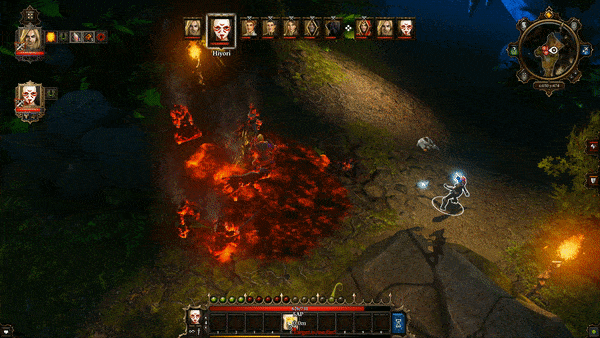
There's been a lot more critical discussion lately on D&D's conventions, especially due to the OGL. Many past D&D only people are branching out of the bubble and into the rest of the TTRPG hobby. It's not a new phenomenon--it's happened before. Back in the 2010s, when Apocalypse World came out while D&D was in its 4th Edition, grappling with Pathfinder. Grappling with its stringent GSL License (funny how circular this all is).
Anyway, all of that is just to put in the groundwork. My problem with D&D Violence (particularly, of the 3e, 4e, and 5e version) is that it's a violence that arises from "default fantasy". Default Fantasy is what comes to mind when you say fantasy: dragons, kings, medieval castles, knights, goblins, trolls. It's that fantasy cultivated by people who's played D&D and thus informs D&D. There is much to be said about the majority of this being an American Samsaric Cycle, and it being tied to the greater commodification agenda of Capitalism, but we won't go into that right now. Anyway, D&D Violence is boring. It thinks of fights in HITS and MISSES and DAMAGE PER SECOND.
I believe this is because it stems from D&D still having one foot in the "grungy dungeon crawler" genre it wants to be and the "combat encounter balance MMO" it also wants to be. What ends up happening is that players play it like an immersive sim, finding ways to "cheese" encounters with spells, instead of interacting with the game as the fiction intended. This is exemplified in something like Baldur's Gate 3, for example: a lot of the strats that people love about it includes cheesing, shooting things before they have the chance to react, instead of doing an in-fiction brawl or fight to the death. It's a pragmatist way of approaching the game, and the mechanics of the game kind of reinforce it. People enjoy that approach, so that's good. I don't. Wuxia and Asian Martial Dramas aren't like that, for the most part.
It must be said that this is my paradigm: that the rules and mechanics of the game is what makes the fiction (that shared collective imagination that binds us, penetrates us) arise. A fiction that arises from a set of mechanics is dependent on those mechanics. There is no fiction that arises independently. This is why I commonly say that the mechanics are the narrative. Even if you try to play a game that completely ignores the rules--as is the case in many OSR games where rules elide--your fiction is still arising from shared cultural tropes, shared ideas, shared interests and consumed media.
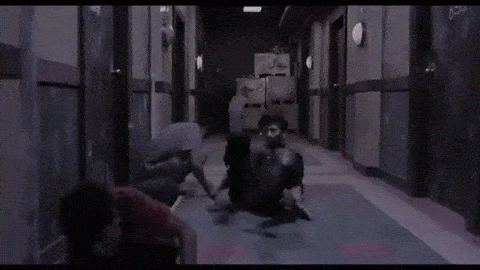
So for Gubat Banwa, the philosophy was this: when you spend a resource, something happens. This changes the entire battle state--thus changing the mechanics, thus changing the fiction. In a tactical game, very often, the mechanics are the fiction, barring the moments that you or your Umalagad (or both of you!) have honed creativity enough to take advantage of the fiction without mechanical crutches (ie., trying to justify that cold soup on the table can douse the flames on your Kadungganan if he runs across the table).
The other philosophy was this: we're designing fights that feel like kinetic high flying exchanges between fabled heroes and dirty fighters. In these genres, in these fictions, there was no "he attacked thrice, and one of these attacks missed". Every attack was a move forward.
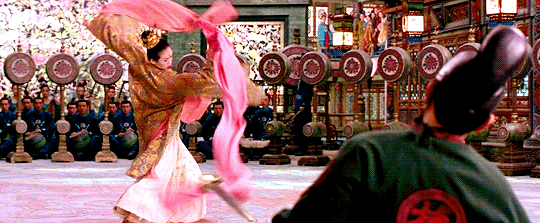
So Gubat Banwa removed itself from the To-Hit/Damage roll dichotomy. It sought to put itself outside of that paradigm, use game conventions and cultural rituals that exist outside of the current West-dominated space. For combat, I looked to Japanese RPGs for mechanical inspiration: in FINAL FANTASY TACTICS and TACTICS OGRE, missing was rare, and when you did miss it was because you didn't take advantage of your battlefield positioning or was using a kind of weapon that didn't work well against the target's armor. It existed as a fail state to encourage positioning and movement. In wuxia and silat films, fighters are constantly running across the environment and battlefield, trying to find good positioning so that they're not overwhelmed or so that they could have a hand up against the target.

Gubat Banwa has THE VIOLENCE DIE: this is the initial die or dice that you roll as part of a specific offensive technique.

In the above example, the Inflict Violence that belongs to the HEAVENSPEAR Discipline, the d8 is the Violence Die. When you roll this die, it can be modified by effects that affect the Violence Die specifically. This becomes an accuracy affectation: the more accurate your attack, the more damage you deal against your target's Posture/ Mas asintado, mas mapinsala.
You compare your Violence Die roll to your target's EVADE [EVD]. If you rolled equal to or lower than the target's EVD, they avoid that attack completely. There: we keep the tacticality of having to make sure your attack doesn't miss, but also EVD values are very low: often they're just 1, or 2. 4 is very often the highest it can go, and that's with significant investment.
If you rolled higher than that? Then you ignore EVD completely. If you rolled a 3 and the target's EVD was 2, then you deal 3 DMG + relevant modifiers to the DMG. When I wrote this, I had no conception of "removing the To-Hit Roll" or "Just rolling Damage Dice". To me this was the ATTACK, and all attacks wore down your target's capacity to defend themselves until they're completely open to a significant wound. In most fights, a single wound is more than enough to spell certain doom and put you out of the fight, which is the most important distinction here.
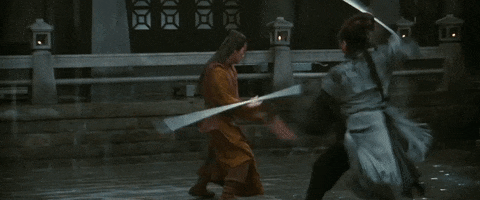
In the Thundering Spear example, that targets PARRY [PAR], representing it being blocked by physical means of acuity and quickness. Any damage brought about by the attack is directly reduced by the target's PAR. A means for the target to stay in the fight, actively defending.
But if the attack isn't outright EVADED, then they still suffer its effects. So the target of a Thundering Spear might have reduced the damage of an attack to just 1 (1 is minimum damage), they would still be thrown up to 3 tiles away. It matches that sort of, anime combat thing: they strike Goku, but Goku is still flung back. The game keeps going, the fight keeps going.
When you miss, the mechanical complexity immediately stops--if you miss, you don't do anything else. Move on. To the next Beat, the next Riff, the next Resound, think about where you could go to better your chances next time.
Otherwise, the attack's other parts are a lot more mechanically involved. If you don't miss: roll add your Attacking Prowess, add extra dice from buffs, roll an extra amount of dice representing battlefield positioning or perhaps other attacks you make, apply the effects of your attack, the statuses connected to your attack. It keeps going, and missing is rare, especially once you've learned the systematic intricacies of Gubat Banwa's THUNDERING TACTICS BATTLE SYSTEM.
So there was a lot of setup in the beginning of this post just to sort of contextualize what I was trying to say here. Gubat Banwa inherently arises from those traditions--as a 4e fan, I would be remiss to ignore that. However, the conclusion I wanted to come up to here is the fact that Gubat Banwa tries to step outside of the many conventions of that design due to that design inherently servicing the deliverance of a specific kind of combat fiction, one that isn't 100% conducive to the constantly exchanging attacks that Gubat Banwa tries to make arise in the imagination.
218 notes
·
View notes
Text
Not enough people talk about the fantasy flight dice system and how cool it is, I'm not super into star wars or warhammer but I foresee myself hacking it into something else and gutting the combat soon....
0 notes
Text
i dont think i posted these but here i made a little frog pattern to make tiny frog toys with my grandma



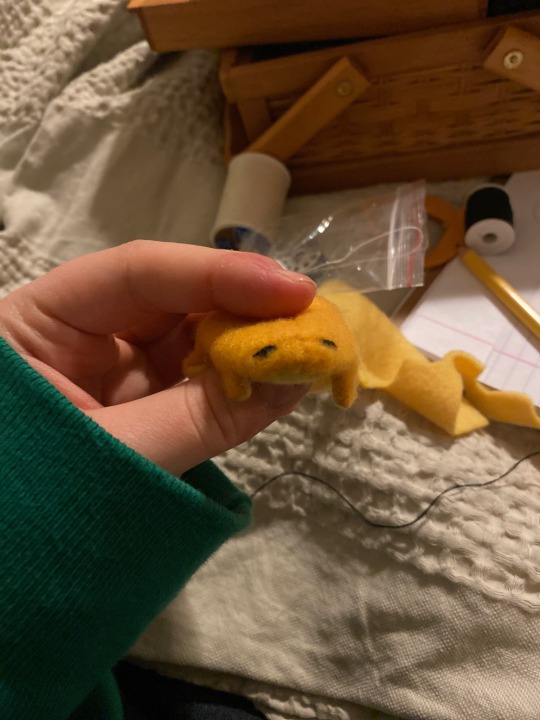
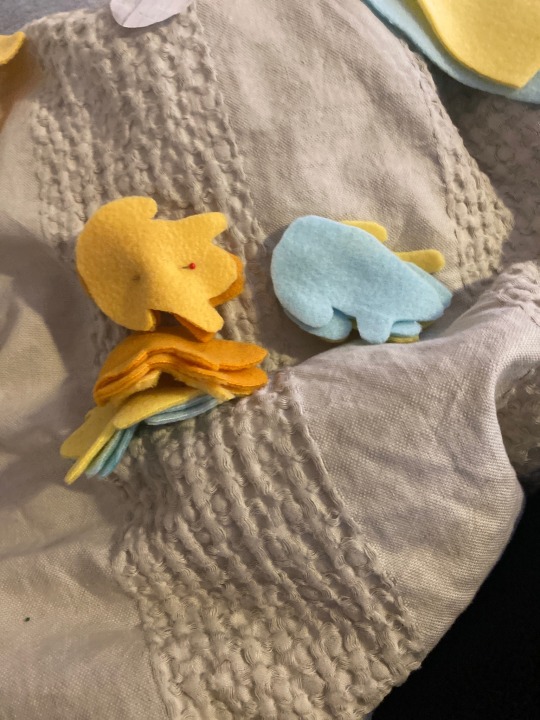

this is the first lil guy I made while still learning how i should sew it
206K notes
·
View notes
Text
One of the most frequent objections I get to tabletop RPG setting ideas is "hold on, that doesn't make sense because on a global scale" like, buddy, the idea that an entire planet is the minimum acceptable scale for a tabletop RPG setting is marketing. Even the big boys like White Wolf and Wizards of the Coast typically don't manage it – they often claim to, but if you look at the actual, published material, the elaborated bits of the setting in question consist of like one city and its immediate environs, with every other locale treated as a glorified truck stop. Mainstream fantasy lit rarely does better; when you look at the ground that ostensibly multiverse-spanning saga covers in detail, you usually end up with about three medium-size neighbourhoods and some generic wilderness. Hell, fucking Tolkien struggled to adequately give life to a setting roughly the size of France, and he devoted fifty years of his life to it. Don't be afraid to zoom in.
3K notes
·
View notes
Text
Helllooooo tabletop fans!! I have a question, and it may be silly coming from a game dev, but kind you, I'm a one person army here.
What does "printer friendly" entail when doing layout? I had an amazing review on my game and that's one of the pieces of advice they gave me. I was under the impression that you can make it black and white if you want to print it, but that may not be doable or the black ink may be consumed too much by that.
Any advice here? I wanna make my games as accessible as possible!!!
111 notes
·
View notes
Text
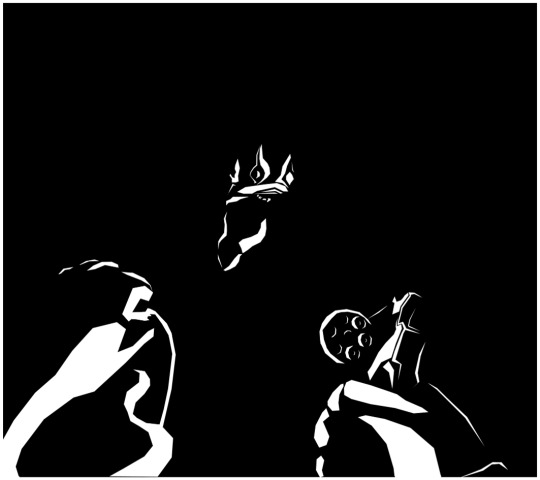
This is some art for the one page design document I'm putting together for an as of yet unnamed ttrpg. It won't appear on the final project since its just 3 amnesia screenshots stitched together and painted over with the polygon cut out tool on photoshop since I didnt have accsess to a drawing pad.
1 note
·
View note
Text
Pinned Post
This is a more formal blog than my main where I post my game dev projects. I'm currently focused on my as of yet unnamed ttrpg. My main blog is @kabosustan.
Tags
Pending
0 notes
Note
Are you particularly surprised by WOTC saying in their newest feedback response video that they're pretty much reverting to the 2014 rule for anything that doesnt get a high positive feedback? How much of that do you think is 'the deadline is looming' and how much is just the result of their design intentions.
I think as long as Hasbro sticks with their "5E is evergreen and must appeal to all D&D fans equally" policy, the game's authors will never be allowed to make a change that doesn't focus-group well ever again.
3K notes
·
View notes
Text
Hello hello, I talk about game design and the TTRPG projects I'm working on. I'll update this post when I have more to say.
0 notes
